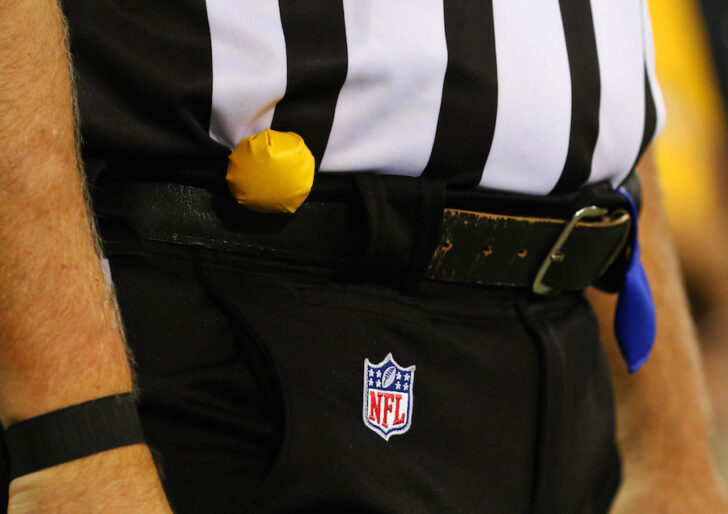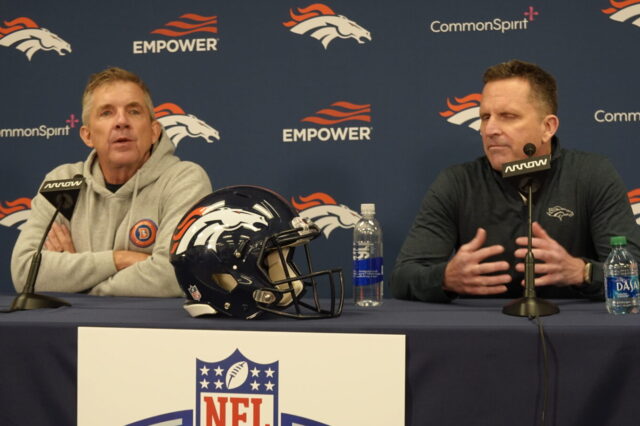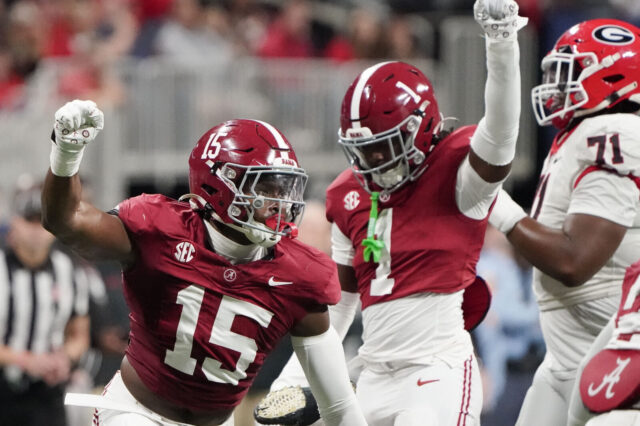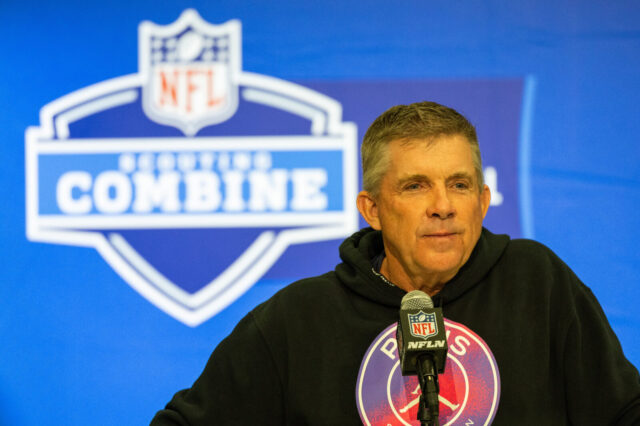The NFL’s official rulebook contains 2,134 “rules”(*).
With a simple Google search, you can see and read every last one of them, if – of course – you’re willing to download the complete document, a 4.33 MB PDF file consisting of 86 glorious pages.
*One small but important item of note before we begin this official rant: The number 2,134 is an estimate – my estimate, and probably an underestimate. I tried to count (truly, I did) but by Page 12 of the 86-page document my head was spinning and the pile of sticky notes on my desk were filled with so many scratch marks I lost track. I’ve got deadlines, for crying out loud.
Technically, the NFL only has 18 rules. But within each rule, there are sections, followed by articles, followed by items, categories, subcategories and notes. Take Rule 3 – “Definitions” – for example. Within that rule, there are 42 sections. In Section 12 of Rule 3 there are nine articles. Or, if you’d rather examine something a bit more detailed, check out Article 7 of Section 2 of Rule 3; within that, one can find three Items and eight Notes.
Confused?
So now you can see why I went with an estimate* … 2,134 rules.
That’s a problem. It’s not an official’s problem; it’s officially a problem.
And now you can see why the back judge in Monday night’s game featuring the Seahawks and Lions botched a “batting” call that potentially could have changed the outcome of the game. If you haven’t seen the play and call yet, you will not only see it today, but you’ll hear about it until you want to throw up. It will be today’s “point of emphasis” across the sporting nation.
The funny thing is that it’s a rule that nobody – and I mean nobody – understood or recalled until roughly 10 minutes following the conclusion of the game. Oops.
After the announcing crew brought it to the attention of the viewing audience, and after the play, call and interpretation was scrutinized for the next 30 minutes, NFL vice president of officiating Dean Blandino clarified the situation. Sort of.
“You can’t bat the ball in either direction in the end zone,” Blandino told NFL Network Monday night. “K.J. Wright batted the ball. That is a foul for an illegal bat.
“The back judge was on the play,” Blandino noted. “In his judgment, he didn’t feel it was an overt act so he didn’t throw the flag. Looking at the replays, it did look like a bat.”
Blandino was then asked directly if a penalty should have been called.
“Yeah, looking at the replay, it looks like a bat. It looks like he takes his right hand and bats it intentionally,” Blandino said. “It’s a foul. We have to make that call.”
And because the NFL has replaced religion as America’s, well, religion, we’ve got a crisis situation on our hands today.
You have to make that call? But you didn’t! So now what, Dean? Evacuate to the bomb shelters!
The problem with the NFL nowadays is twofold: First, there’s no Rule No. 19: “Use Common Sense.” Had there been, Blandino isn’t having to explain anything. It’s all so simple; Seahawks safety Kam Chancellor made a phenomenal, game-winning play. K.J. Wright – hereto known as “the batter” – could have grabbed the ball and fallen down, thus ending the game. Instead, he tapped it beyond the end zone, never gaining any kind of advantage over any Lions player in the process. Had common sense been a consideration (and actually, I guess it was), we’ve got no controversy.
The second problem? There are too many rules. Rules upon rules. Rules that make an official second-guess another rule. Rules that are buried in the aforementioned 86-page document. Rules that only a lawyer can properly interpret. Sure, plenty of NFL officials actually are lawyers, but the average fan is not. So, said fan just gets angry at his television set.
That television set is a problem, too. It just shows us way too much. Back in the day, when there were four or five cameras capturing “all” the fuzzy action and delivering it to you through your brand new Zenith with rabbit ears reception, we simply didn’t know any better.
For you Broncos fans out there: Was the Immaculate Reception any better or worse – legal or illegal – than Emmanuel Sanders sideline grab on Sunday, the one that was ruled incomplete? It’s a trick question; we don’t know because nobody watching the original broadcast of Franco Harris’ legendary catch ever saw what actually happened. Cameras didn’t catch it. There was no instant replay; neither the rule nor the footage existed back then.
How about the hit that sent Demaryius Thomas out of the game with a neck injury? Compare that play to the one that Steve Atwater made in Super Bowl XXXII. The hit on Thomas was just plain dirty; it defined everything the NFL is trying to eliminate from the modern game. Everyone at home and in the booth (including John Lynch, who was a master of the big hit), mind you, could see it plain as day. Yet, it wasn’t called on the field by any official. Had Atwater made his most famous hit on Sunday instead of on Jan. 25, 1998, he’d have been flagged instantly. But today, we celebrate that collision as one of the greatest plays in NFL history.
Sure, rules evolve. But in that instance, one play was just plain dirty, while the other fairly determined the outcome of a Super Bowl. And the hit on Thomas wasn’t called? That’s not evolution.
While certain rules and interpretations are scrutinized to the Nth degree, others are simply ignored or de-emphasized. Remember when “aiding the runner” used to be against the rules? It’s still a rule, but it’s never called. Seems both unsafe and unfair, but it’s simply ignored in modern football. At one point spearing (leading with the helmet) was illegal. Then it wasn’t. Now it’s illegal again. Truth is, the rule has always been there, it was just ignored for the better part of a decade until someone said, “Hey, with this concussion thing going on, maybe we better start enforcing that ‘can’t lead with the helmet’ rule again.”
And so it goes.
The NFL Official Rule Book is a little bit like the Tax Code – nobody truly understands, not the officials, not the IRS, and certainly not us.
The NFL needs fewer rules and more common sense. Or, perhaps they should put a guy on a couch, give him pretzels and beer, a big-screen, hi-def TV and a direct line to the game day officiating crew. Every time he sees something wrong, he buzzes down to ol’ Ed Hochuli and tells him how the people see it.
He might miss a call that’s tied to some dumb, nonsensical rule. Or he might clean up the game in general.
Either way, the Seahawks win.



